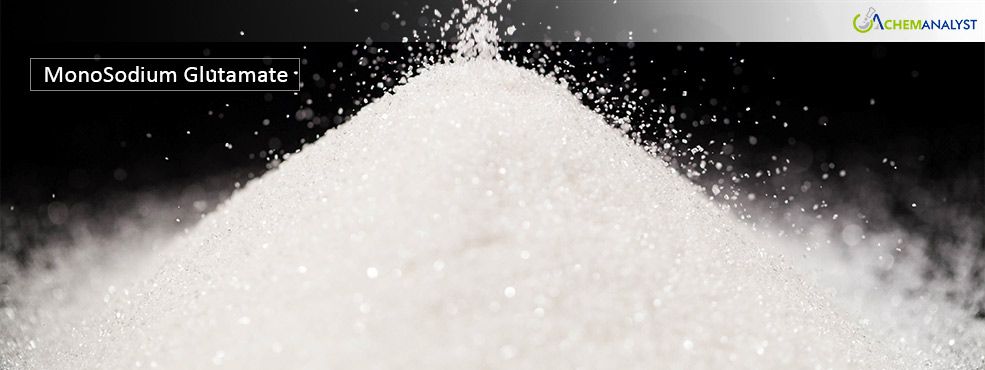Welcome To ChemAnalyst

The Monosodium Glutamate (MSG) market braces for further price declines in January 2025, extending the bearish trend observed in recent months. Industry analysts predict the flavor enhancer's prices will face continued downward pressure amid a complex interplay of market forces and international trade dynamics.
Chinese suppliers of MSG have initiated aggressive destocking measures through discounted pricing, responding to the announcement of potential new tariffs by President-elect Trump. This strategic move has intensified the existing oversupply situation in the market, forcing MSG prices to new lows.
The current market dynamics present a particularly challenging scenario for MSG producers. High inventory levels coupled with subdued demand have created a buyer's market, with purchasing activities largely limited to immediate requirements. Market experts note that MSG manufacturers are struggling to maintain price stability in the face of these headwinds.
Currency fluctuations have added another layer of complexity to the MSG pricing landscape. Recent Chinese currency adjustments in response to tariff threats have created additional pricing pressures, leading to a self-reinforcing cycle of market weakness. Major MSG producers, including industry leader Ajinomoto Group, face increasing pressure to adjust their pricing strategies.
The widespread use of MSG in food products, from instant noodles to ready-to-eat meals, traditionally provided pricing stability. However, current market conditions have disrupted this historical pattern. Industry observers note that MSG buyers have adopted a cautious approach, contributing to the pricing weakness.
Manufacturing costs for MSG remain relatively stable, with primary raw materials including corn, sugar cane, and cassava showing minimal price variations. However, these stable input costs have failed to prevent the downward trajectory of MSG prices in the market.
The recent increase in freight costs has also likely to contribute to the rising prices of MSG across various international markets. As transportation expenses climb, the overall cost of goods has been impacted, leading suppliers to adjust their pricing structures to account for these higher logistical expenses. This surge in freight costs is primarily driven by supply chain disruptions, limited shipping capacity, and increasing fuel prices, which have added pressure to the cost of importing and exporting goods. As a result, businesses are facing higher operational costs, and these increased freight charges are being passed on to consumers, further driving up prices in the market.
Market analysts predict this pricing trend will persist until either demand significantly improves or production levels align with current consumption rates. The MSG market's recovery largely depends on the resolution of these fundamental supply-demand imbalances and geopolitical uncertainties.
Looking ahead, industry experts suggest that the MSG market may need to undergo structural adjustments to restore pricing stability. Until then, buyers are likely to maintain their advantageous position in this evolving market landscape.
We use cookies to deliver the best possible experience on our website. To learn more, visit our Privacy Policy. By continuing to use this site or by closing this box, you consent to our use of cookies. More info.
